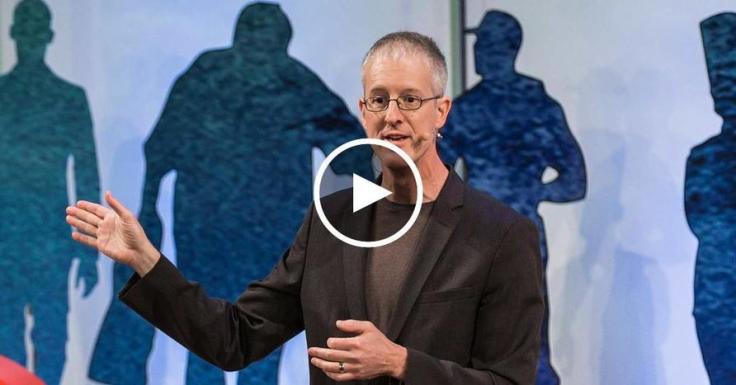"Modern cities are designed for cars. But the city of Barcelona is testing out an urban design trick that can give cities back to pedestrians."
Source: www.youtube.com
Walkable cities improve the local economy and many cities are working to improve their walkability. Cities can improve sidewalks, decrease parking lots, beautify storefronts and add other amenities that encourage walking. Neighborhoods that are very walkable often have a vibrant sense of place. This article (and the embedded video) nicely explain many issues surrounding walkable urban environments.
GeoEd Tags: urban, place, neighborhood, transportation, planning, urbanism, architecture.
Scoop.it Tags: urban, place, neighborhood, transportation, planning, urbanism, architecture.








